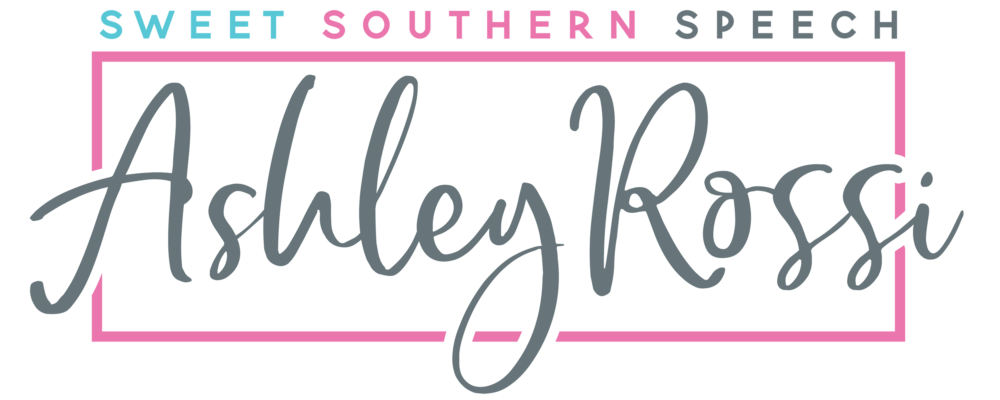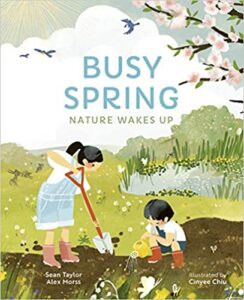In this uplifting picture book about spring, follow two children and their father through their backyard as they discover all the different ways nature wakes up from its long winter sleep. Spot the busy creatures and plants as the tale unfolds, then learn about how each responds to the increasing daylight and warmth that usher in the season. Co-authors Sean Taylor (picture book author) and Alex Morss (ecologist, journalist, and educator) offer an inviting introduction to the science behind spring. The yard is bright, birds are singing, the bees are buzzing, and there are tadpoles in the pond! What is all the commotion about? In each colorful scene, the family discovers a different sign of spring—a bird collecting twigs for its nest, a fox snuggling her cubs, a caterpillar feasting on leaves… After the story, annotated illustrations explain the spring behaviors of various plants and animals. Inspire an appreciation for the natural world in this joyous exploration of spring.
This engaging spring book can be used in speech therapy to target figurative language, illustration study, and a variety of adjectives and verbs. It is also great for /spr/ blends and learning about the changing environment! Discover more of the speech and language teaching concepts for using Busy Spring Nature Wakes Up in speech therapy below:



